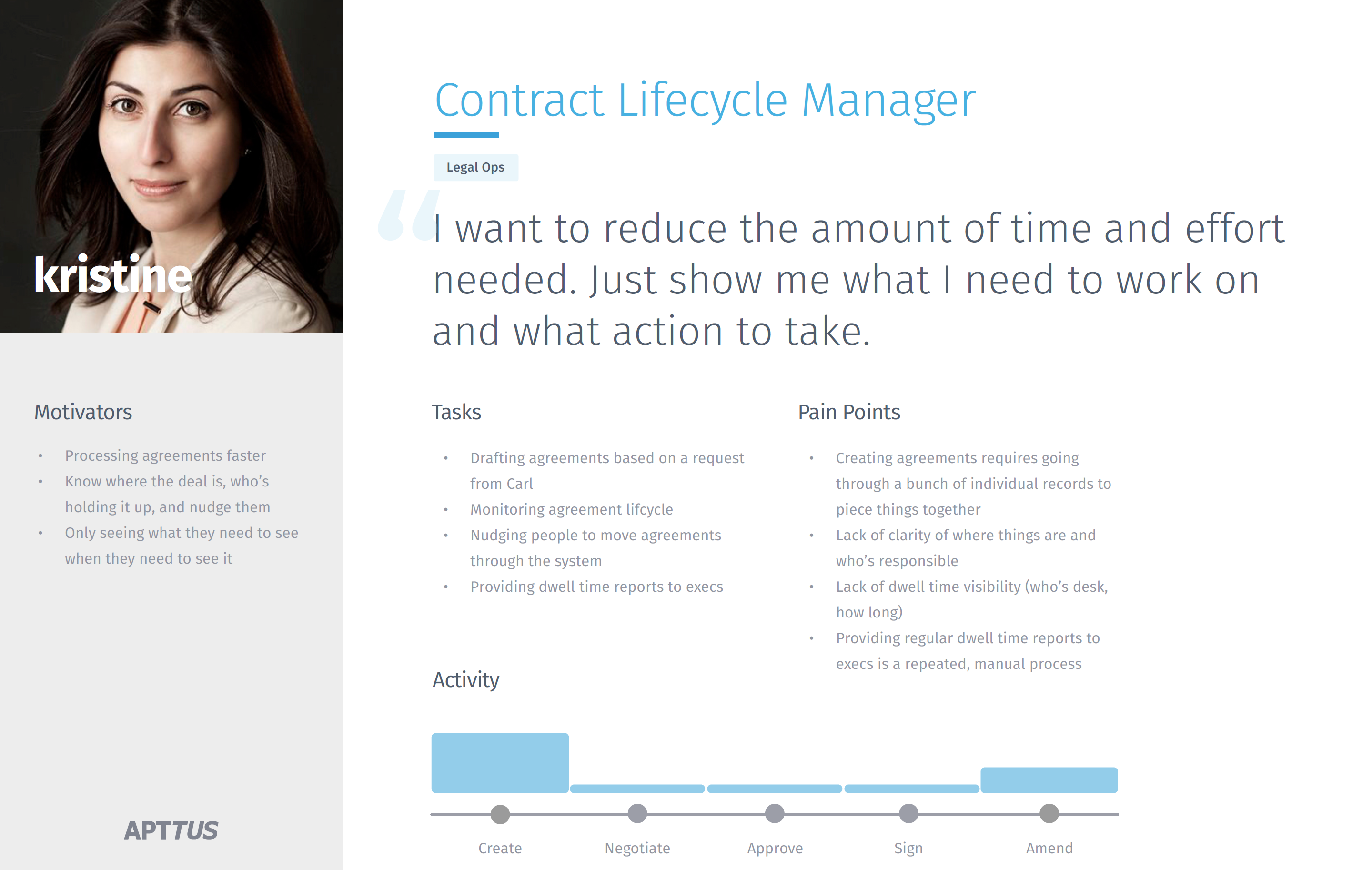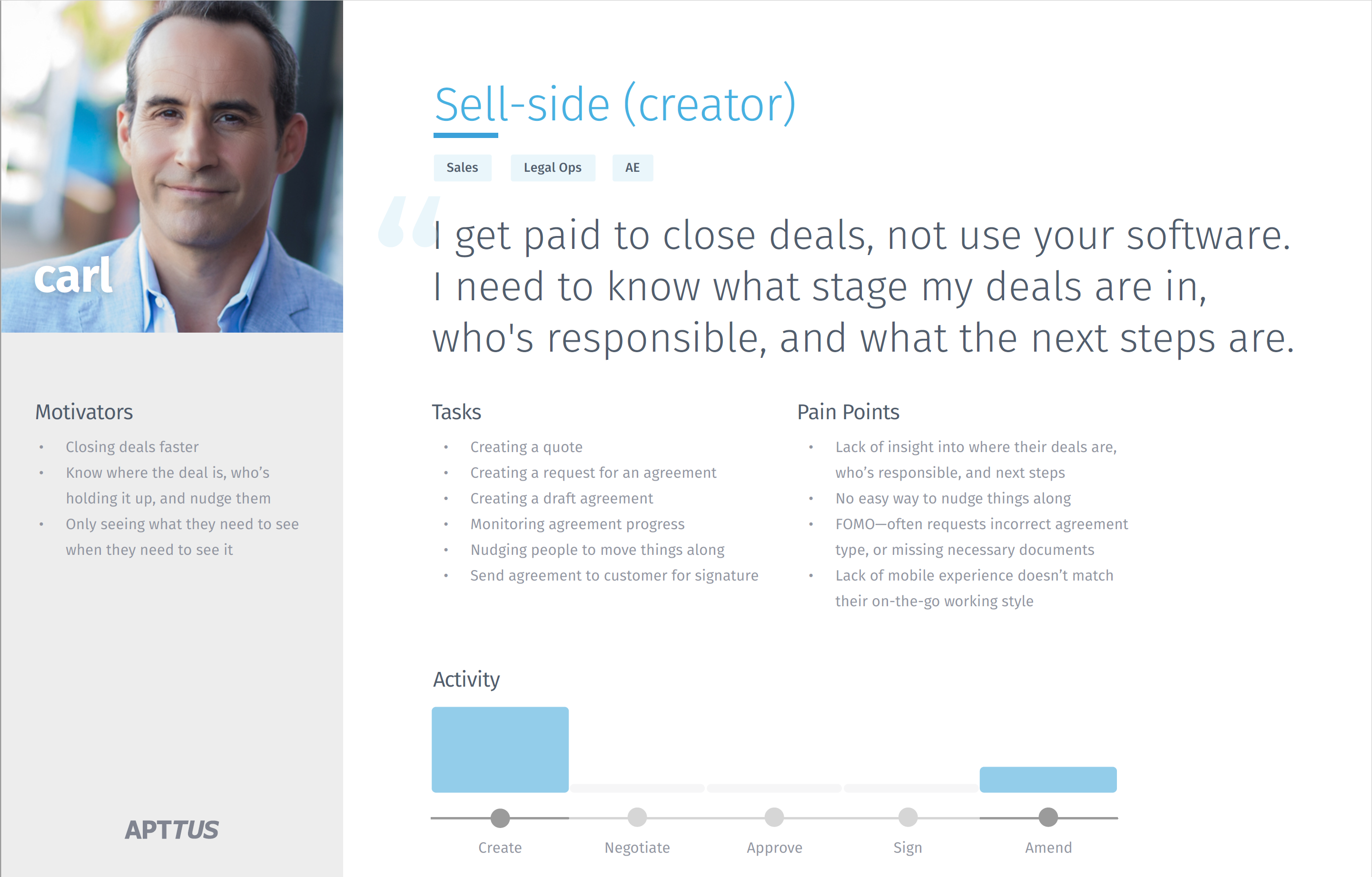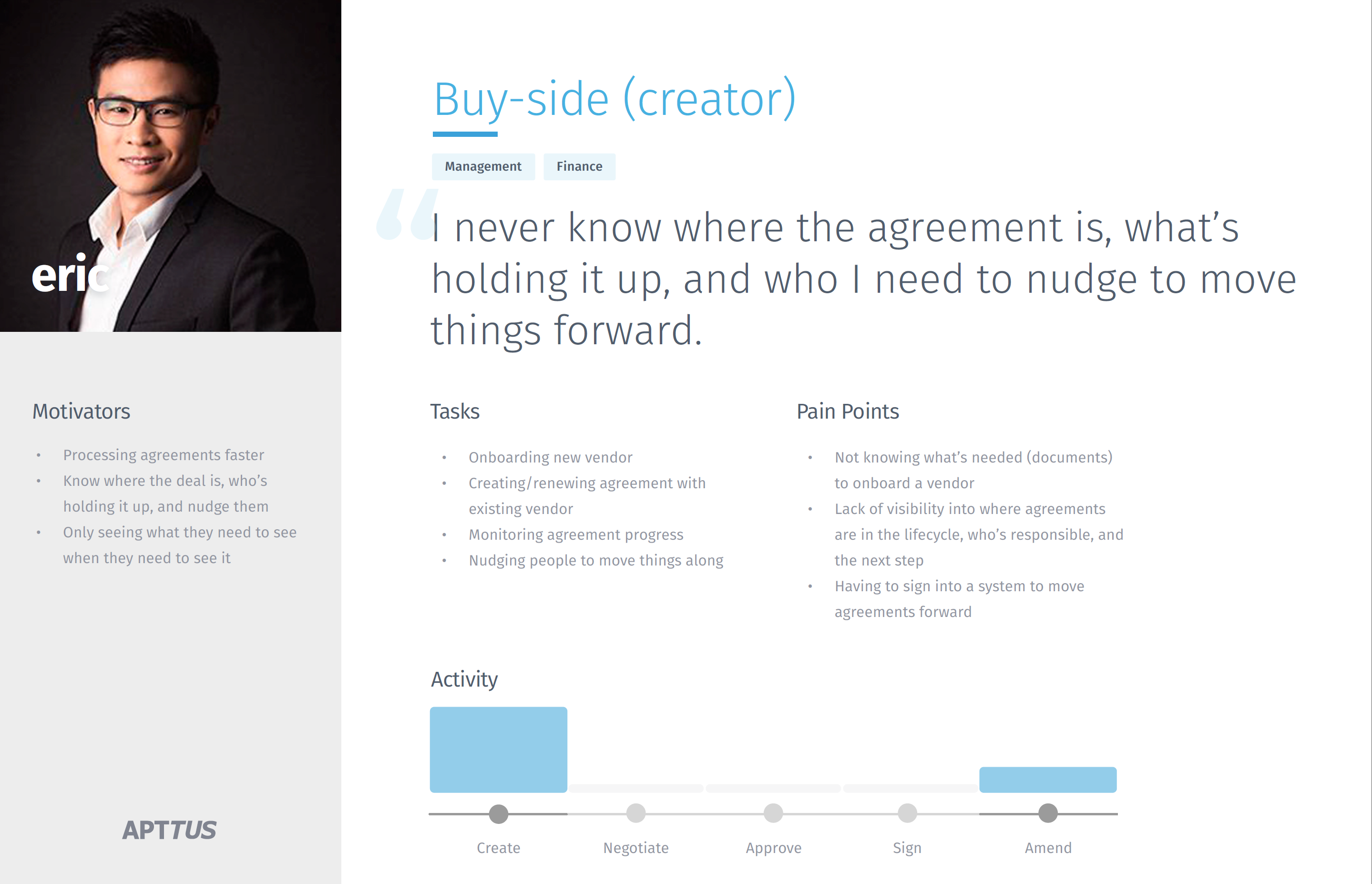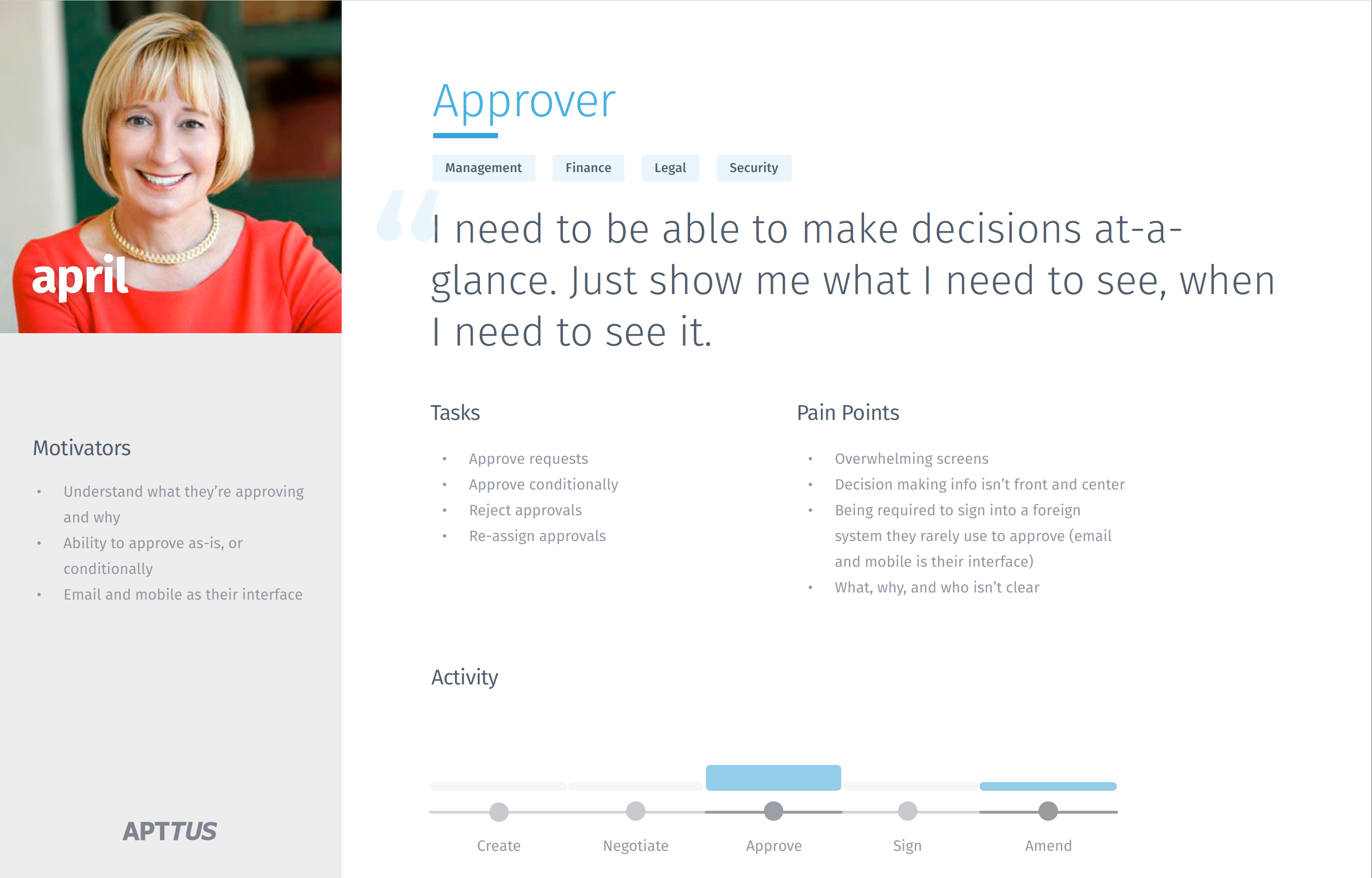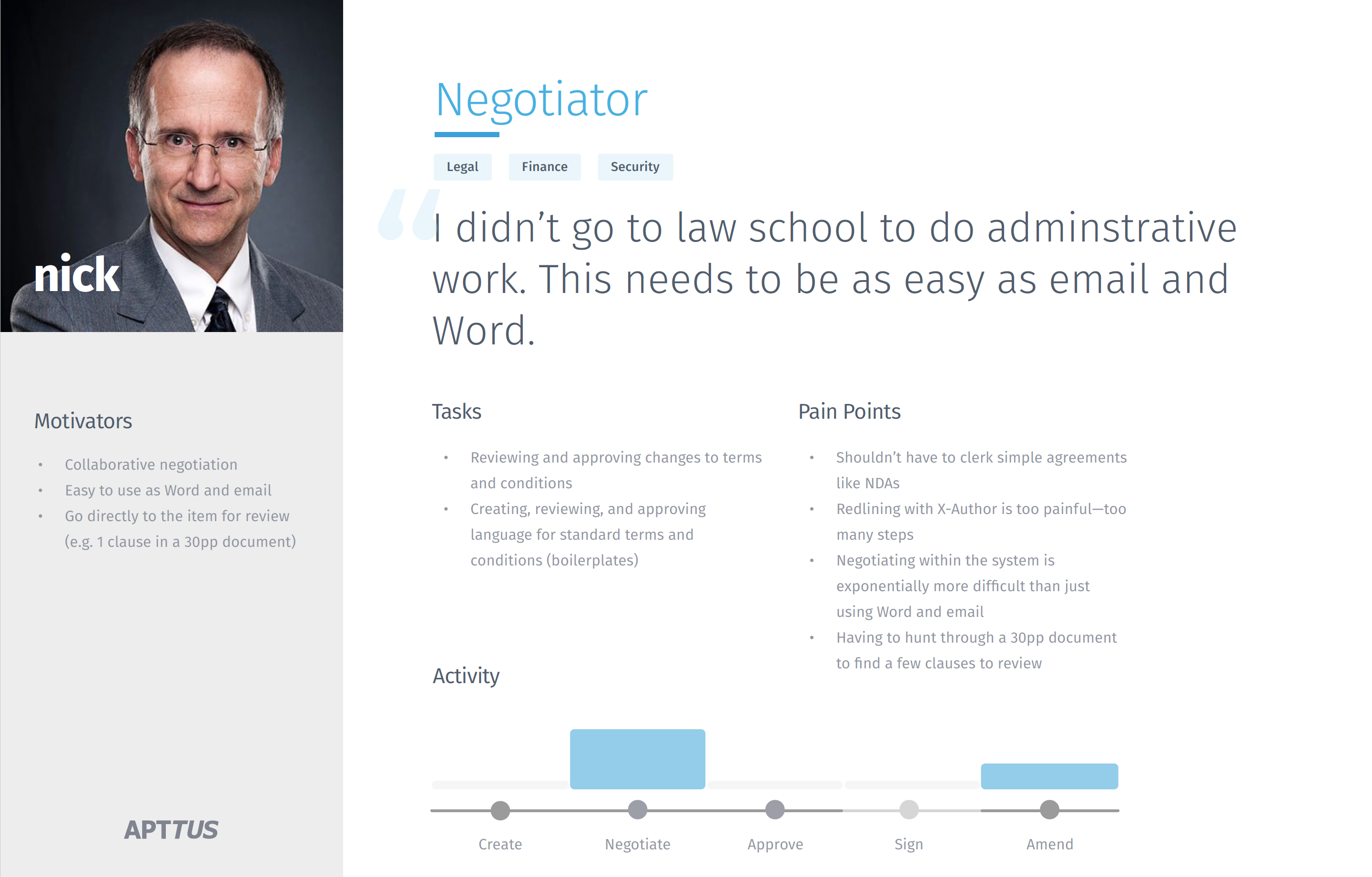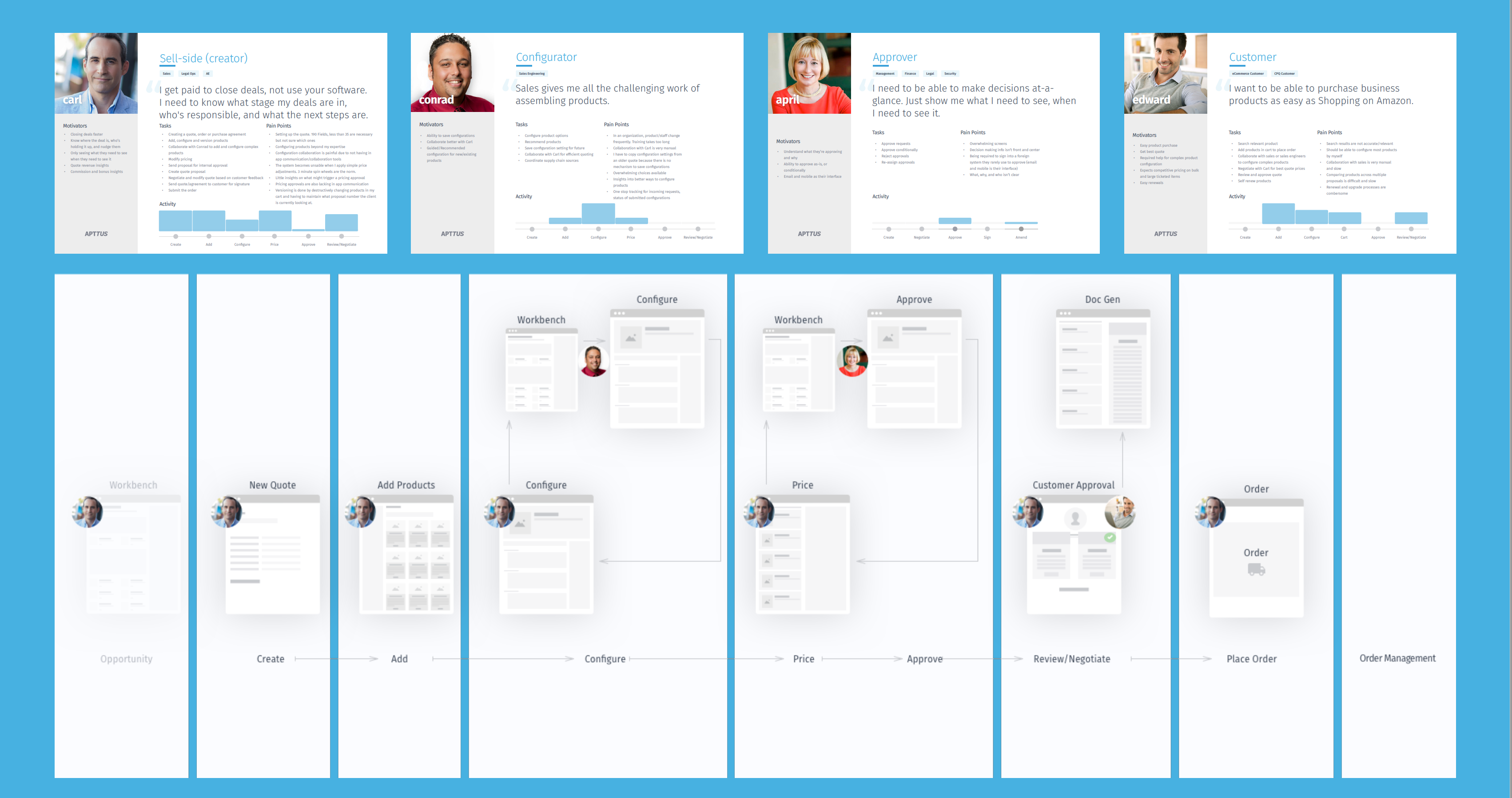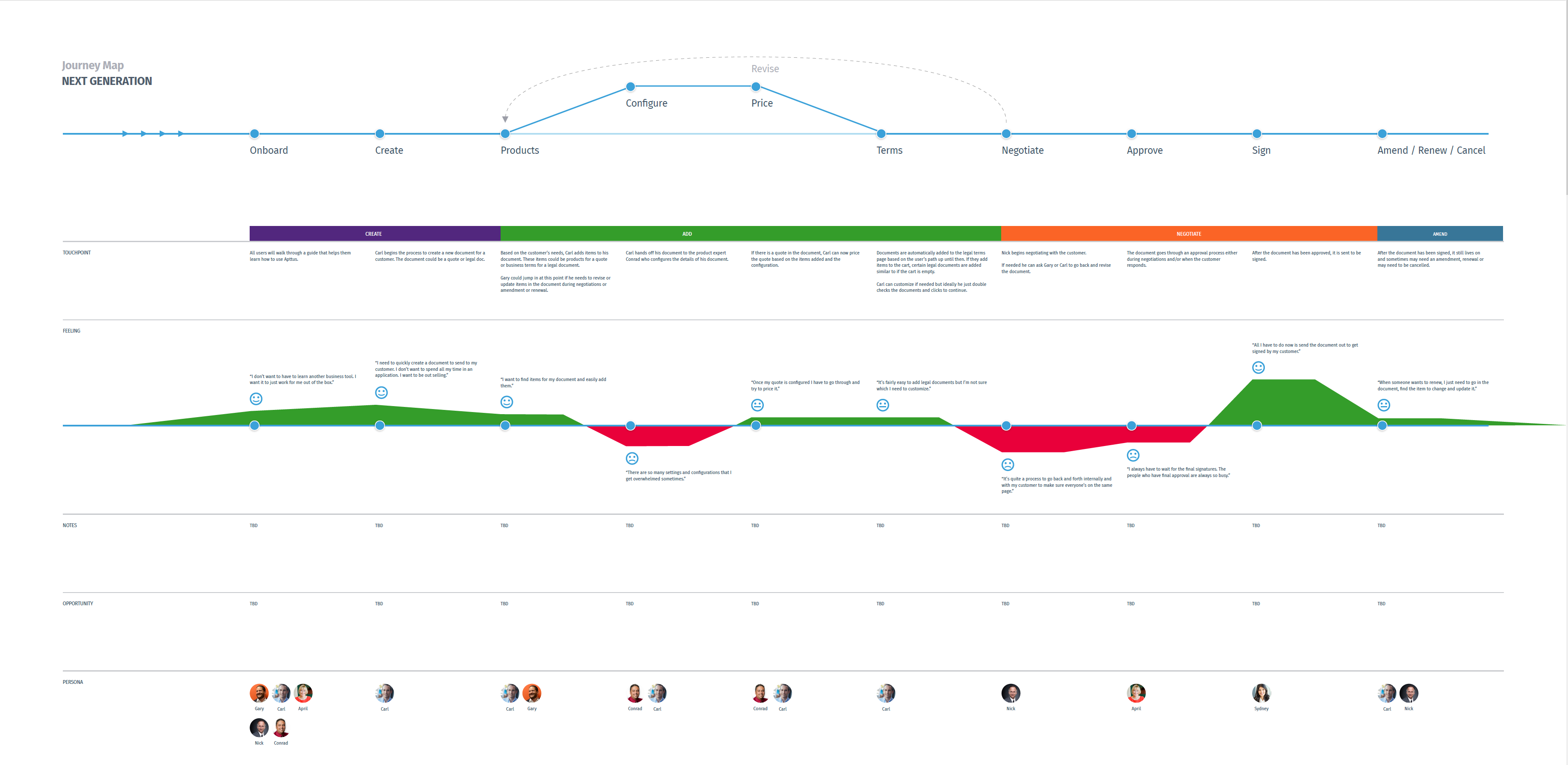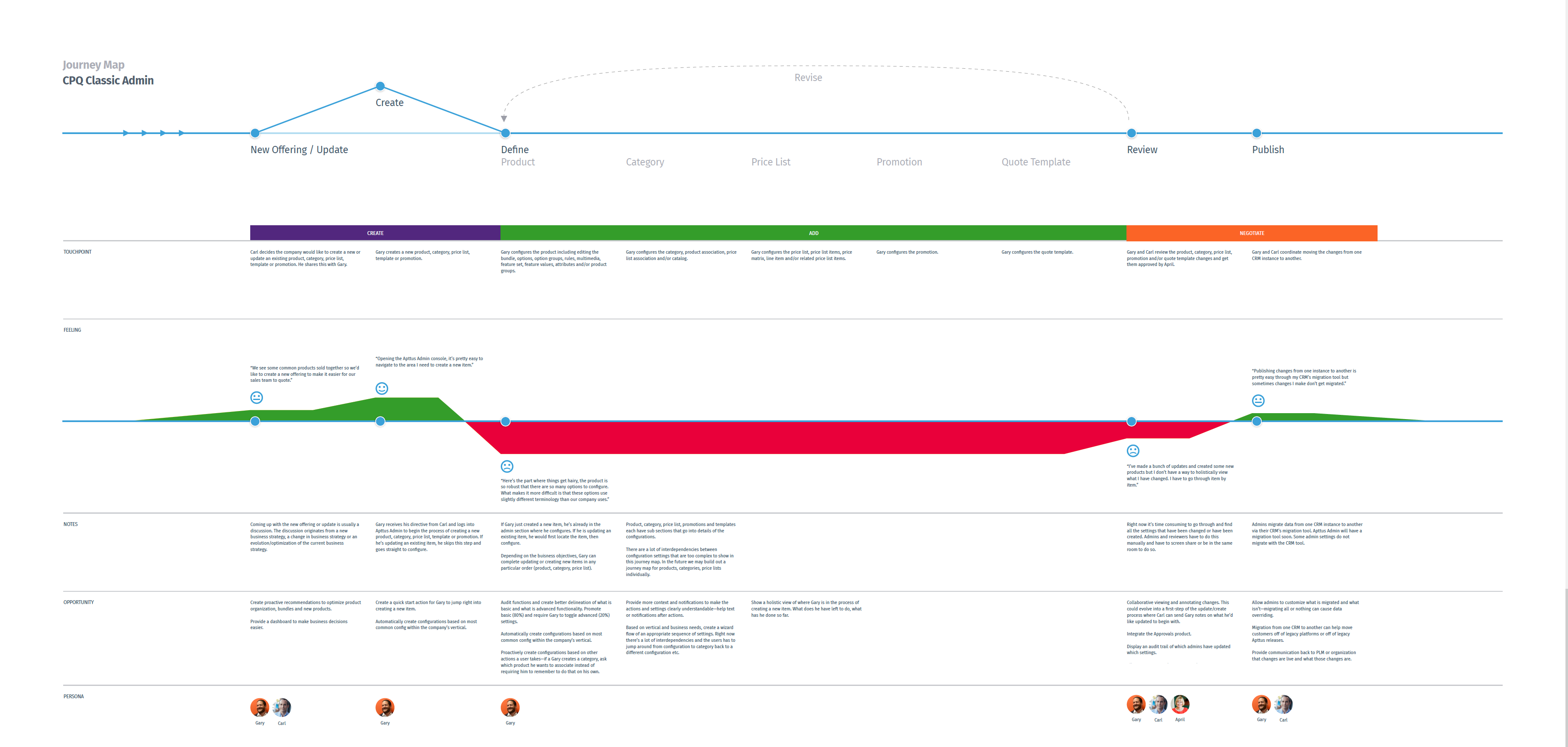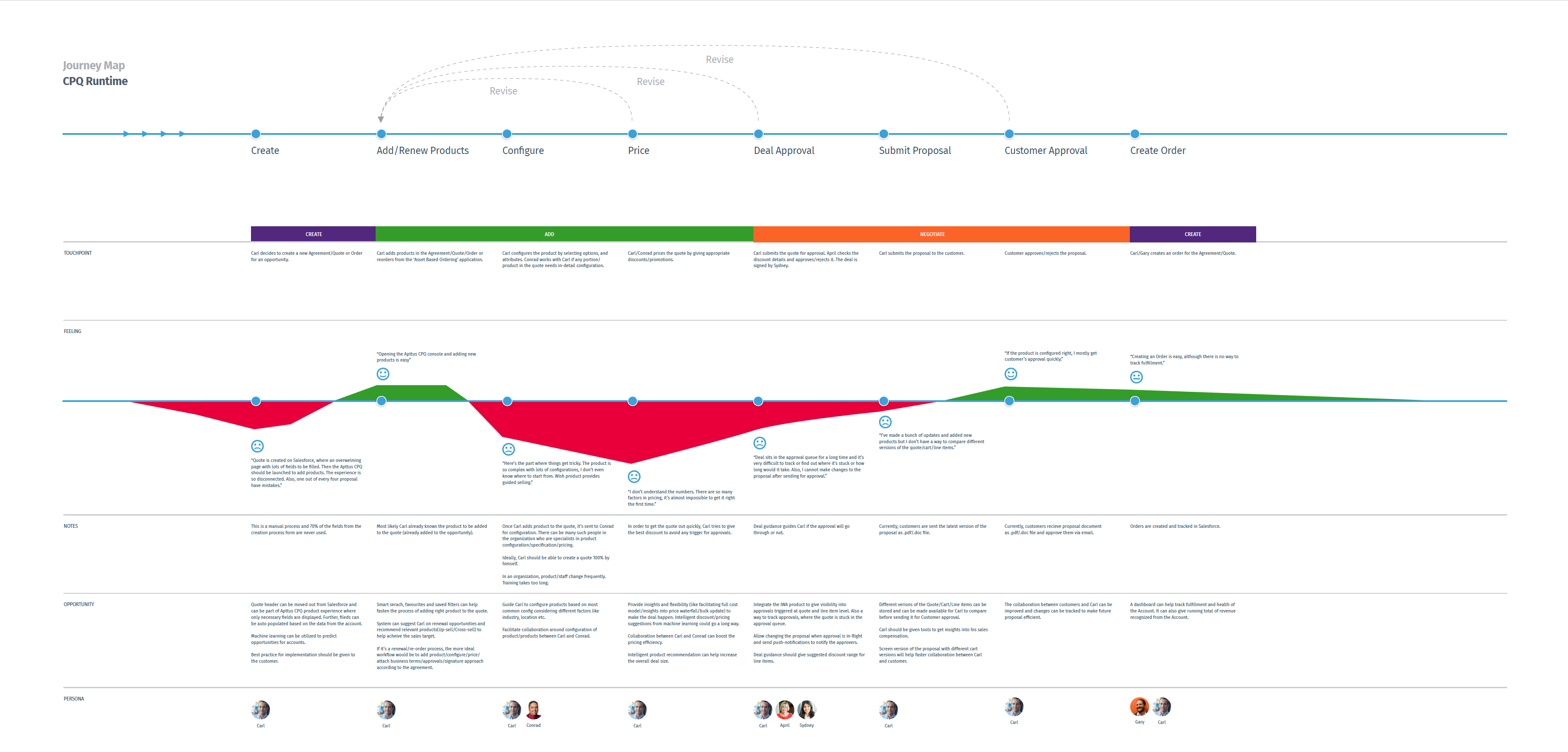Persona and Journey Maps Development
A technique to describe user archetypes and some of their interactions
with a product
with a product
Problem
As the saying goes everyone knows football and design. Whether people make assumptions based on their own experiences or based on the experiences of those close to them (friends, family, etc.), it is not a scalable process especially with products which are used by millions of people spanning different cultures and continents.
Solution
Create a set of archetypical descriptions of the user population at large and use it to describe said population in terms of expectations, concerns and motivations.
Team
■ Head of Design
■ Senior User Researcher
■ Product Manager
■ Product Marketing Manager
■ Sales Representative
■ Customer Support Specialist
Process
data collection
In the initial step we wanted to learn as much as possible about existing user data. Over the course of several meetings with marketing, sales, product management, and customer support we gathered information about demographics, customer concerns regarding the product and support, functionality requests, and usage statistics. The feedback provided guidance regarding the type of industries and businesses to target, the geographical and cultural areas we were most interested in, and the type of technical acumen our typical user has.
ethnographic research
We recruited 3-4 companies from the industries we were targeting and 4-5 participants from each company. We interviewed and shadowed them and collected the feedback for further analysis.
hypothesis
Based on the data collected during the ethnographic research stage we created a general draft of several personas. The draft contained descriptions of a typical user with emphasis on motivations, aspirations and values. In parallel with drafting the personas we also drafted several user journeys. The journeys incorporated the interactions of multiple personas for a higher ecological validity. At this point we presented them to the larger team (and some of our customers) for feedback and adjustments.
Impact
Typical for a large organization the adoption process was slow. Although, we organized brown bag sessions and presentations to disseminate the personas throughout the whole organization, it still took a little over a month for people to start using them in an efficient way. The tipping point arrived when, in a meeting, a product manager and a developer were debating how one feature would influence “Carl’s” (one of the persona) behavior and interaction patterns with the application.
With the help of personas and user journeys (both depicted below) different teams across the organization found a common language to understand how to design a product that will satisfy users’ needs and therefore, be a success.
With the help of personas and user journeys (both depicted below) different teams across the organization found a common language to understand how to design a product that will satisfy users’ needs and therefore, be a success.
